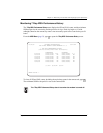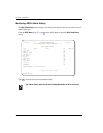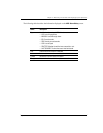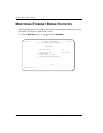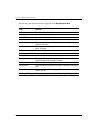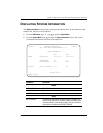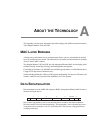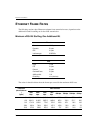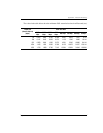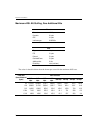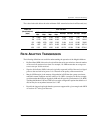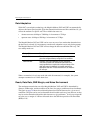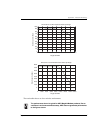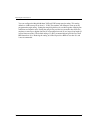
Megabit Modem 310F and 320F User Manual 43
A
ABOUT THE TECHNOLOGY
This appendix provides more information about the bridging and ADSL transmission features
of the Megabit Modem 310F and 320F.
MAC LAYER BRIDGING
A bridge moves information across an internetwork from a source to a destination at the link
layer (of an OSI reference model). The information is forwarded or filtered based on its Media
Access Control (MAC) address.
The Megabit Modem 310F and 320F provide transparent Ethernet MAC level bridging which
includes learning, forwarding, filtering, and hashing/buffer management.
Forwarding performance is at full DMT rate and filtering performance is at full Ethernet rate of
14 kpps for 64-byte frames (minimum size).
Neither the Megabit Modem 310F nor 320F support the Spanning Tree protocol. Therefore, the
modems cannot be used to provide link redundancy to a LAN segment.
DATA ENCAPSULATION
Data transmitted over the ADSL link comprises HDLC encapsulated Ethernet MAC frames as
shown in the figure below.
One or more flag patterns (0x7E) occur between frames to indicate the frame boundaries.
Zero bit insertion is used for data transparency. This means that a zero is inserted after every
occurrence of five consecutive ones (1s) in the data field. This prevents a flag pattern from
occurring in the data.
Flag Address
1
0x7E 0xFF 0x03
16 2 246-15006
Control Destination Address Source Address Length/Type Data FCS Flag



